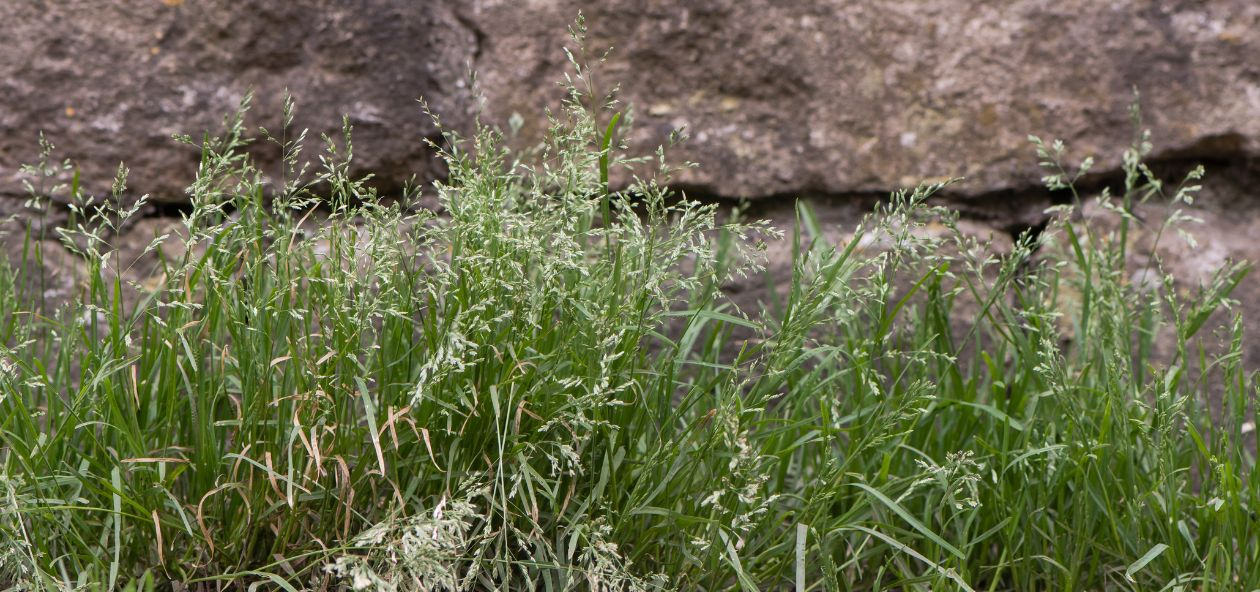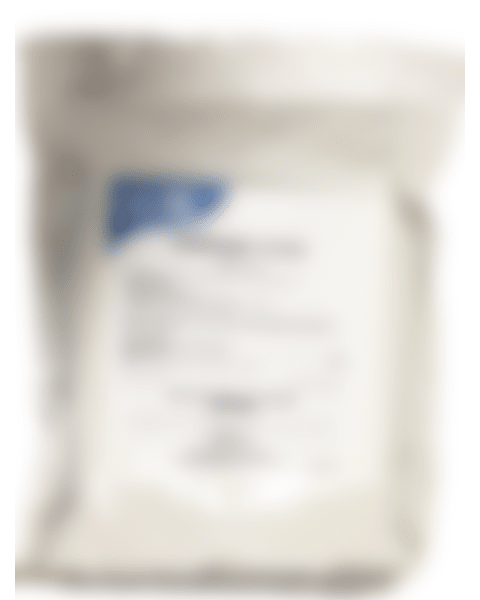
Annual Bluegrass (Poa Annua) Control
Control Annual Bluegrass In Your Lawn
Annual bluegrass (Poa annua), also known as Kentucky bluegrass, is a weed that commonly invades home lawns. This weed is particularly troublesome because it is tough to control. In fact, of all the weeds that can plague a lawn, annual bluegrass is considered one of the most difficult to control.
With a bit of knowledge and effort, you can get this pesky weed under control and improve your yearly lawn care routine.
December 16th, 2023
Bluegrass Identification And Inspection
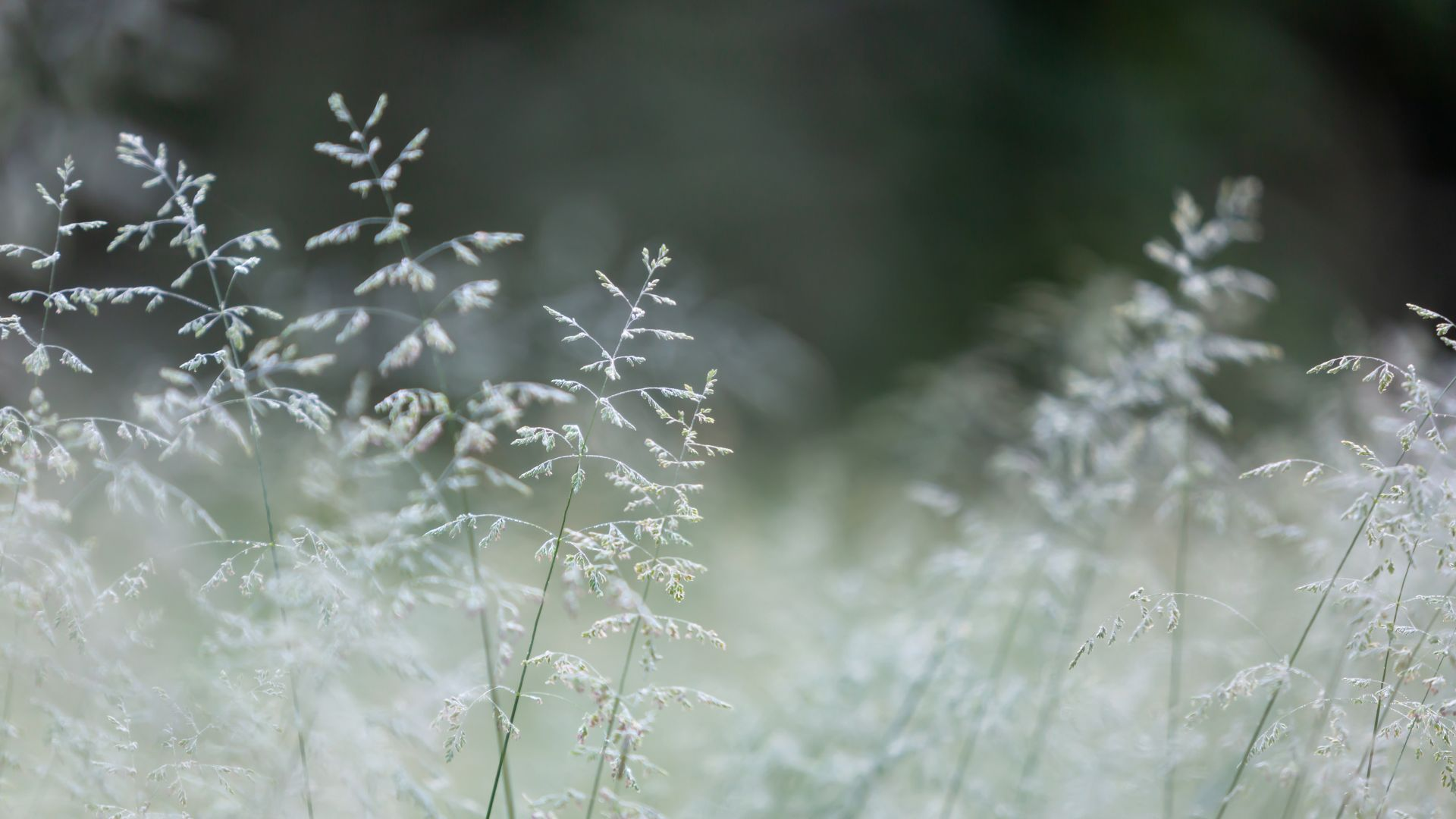
Characteristics of Annual Bluegrass
Annual bluegrass is a type of grass characterized by its bright green leaves with boat-shaped tips. The leaves have a smooth texture, and the plant grows in compact bunches in low-lying areas. It is a winter annual weed that likes to grow in moist areas of your lawn. The weed seed heads are greenish to white or off-white in color.
Inspecting For Annual Bluegrass
Inspect for This Grassy Weed In The Early Fall
Annual bluegrass is a cool-season annual. Poa annua seeds germinate in late summer or early fall. It thrives best when these conditions are met: moist or compact soil; somewhat shaded areas that protect from harsh sunlight during hot summer days. Annual Bluegrasse's clumping habit means you're likely going to find it close together around grass that has been cut very short - around 1 inch high.
The light green color of these clumps and their boat-shaped tips are a dead giveaway that you're dealing with Poa Annua plants. Cool-season grasses like annual bluegrass are typically some of the first to go dormant in the fall and some of the last to turn green in the spring. They thrive in cool weather and don't mind a slight frost.
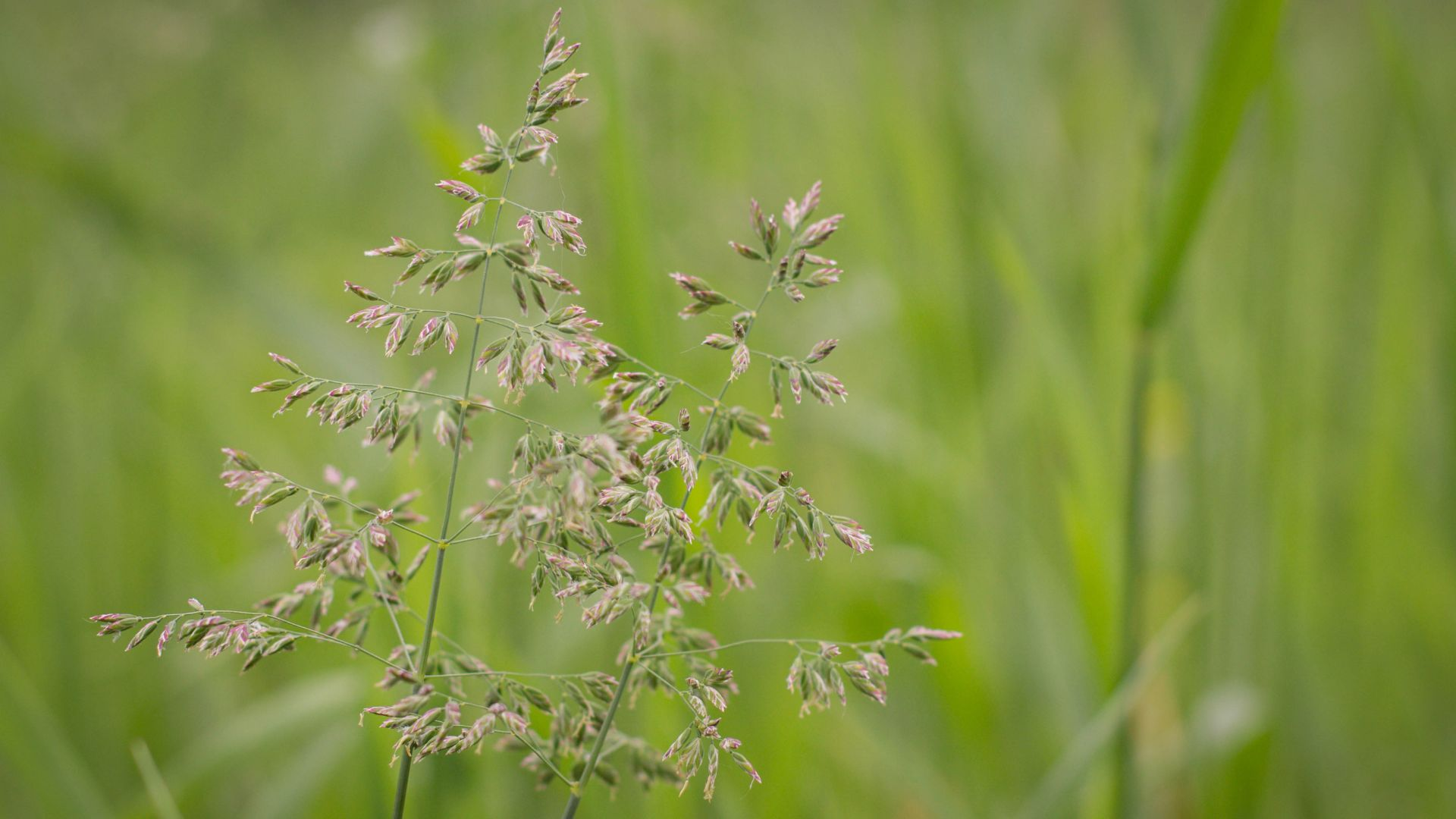
Control Annual Bluegrass Using Selective Herbicides
The best way to control annual bluegrass is to use a selective herbicide that targets this weed specifically while leaving your desirable grasses unharmed.
Check out our list of safe products for your specific variety of grass:
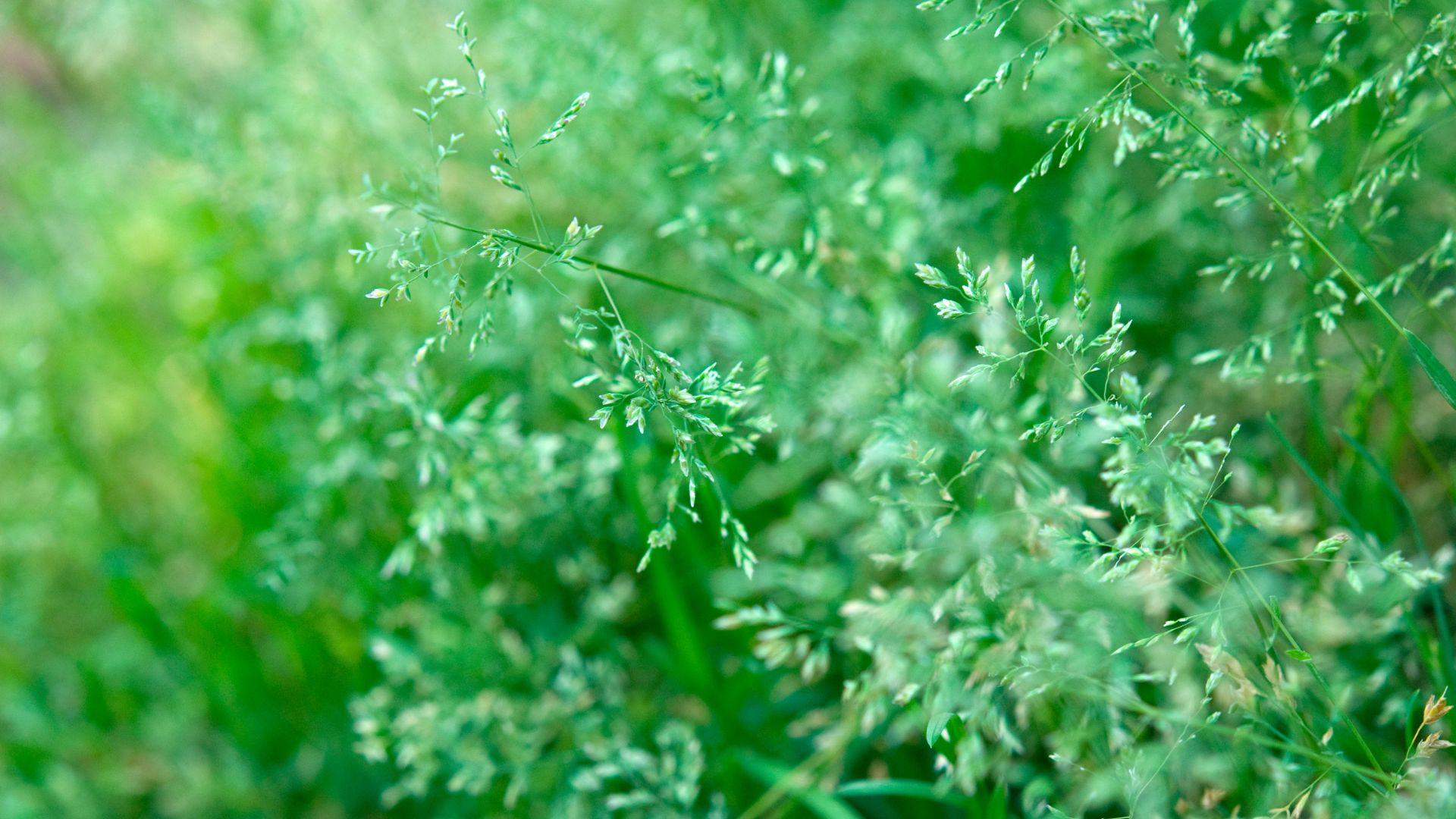
Selective Herbicide Product Recommendations
Selective herbicides are an essential tool in any pre-emergent weed control program. Targeting specific weeds offers an effective way to control unwanted growth without damaging the desirable plants in your landscape. However, selective herbicides can be tricky to use, and choosing the right product for your particular situation is essential. The following is a list of some of the most popular selective herbicides, along with the grasses they are designed to target:
-
Negate 37 WG: This pre-emergent herbicide is designed for use on Bermuda and Zoysia grasses. It offers excellent control of many weeds, including Poa Annua, dandelions, and chickweed. It's a great Annual Bluegrass seed control option that doesn't break the bank.
-
Revolver Herbicide:This pre-emergent herbicide is to be applied to Bermuda, Buffalo, and Zoysia grasses. It controls goose grass, Kentucky bluegrass, and other common grassy weeds.
-
Monument 75 WG: This pre-emergent herbicide is formulated for use on Bermuda, Buffalo, St Augustine, and Zoysia grasses. It offers excellent control of an extensive range of weeds, including crabgrass, dandelions, carpetweed, clover, and more.
-
Certainty Herbicide: This pre-emergent herbicide is designed for use on Bermuda, Bahia, Buffalo, Centipede, St Augustine, and Zoysia grasses. It provides effective control of Poa Annua, Dallisgrass, Tall Fescue, and many other common grassy weeds. This pre-emergent is great for tall fescue lawns because poa annua germinates at around the same time as tall fescue.
-
Katana Herbicide: This pre-emergent herbicide is designed for use only on Bermuda, Centipede, and Zoysia grasses. It offers excellent control of many weeds, including crabgrass, dandelions, white clover, and many more.
-
Scepter T&O 70 WDG Herbicide: This pre-emergent herbicide is designed for only use on Bermuda, St Augustine, Centipede, and Zoysia grasses. It provides excellent means of controlling Annual Bluegrass, and an extensive range of common weeds.
Selective herbicides can be an effective tool in controlling unwanted weed growth in your landscape. However, choosing the right product for your particular situation is crucial. Be sure to read the label carefully before applying, as some products are only approved for use on certain grasses.
In addition, always follow the manufacturer's instructions regarding application rates and soil temperatures. By taking these precautions, you can ensure that your weed control program is both practical and safe.
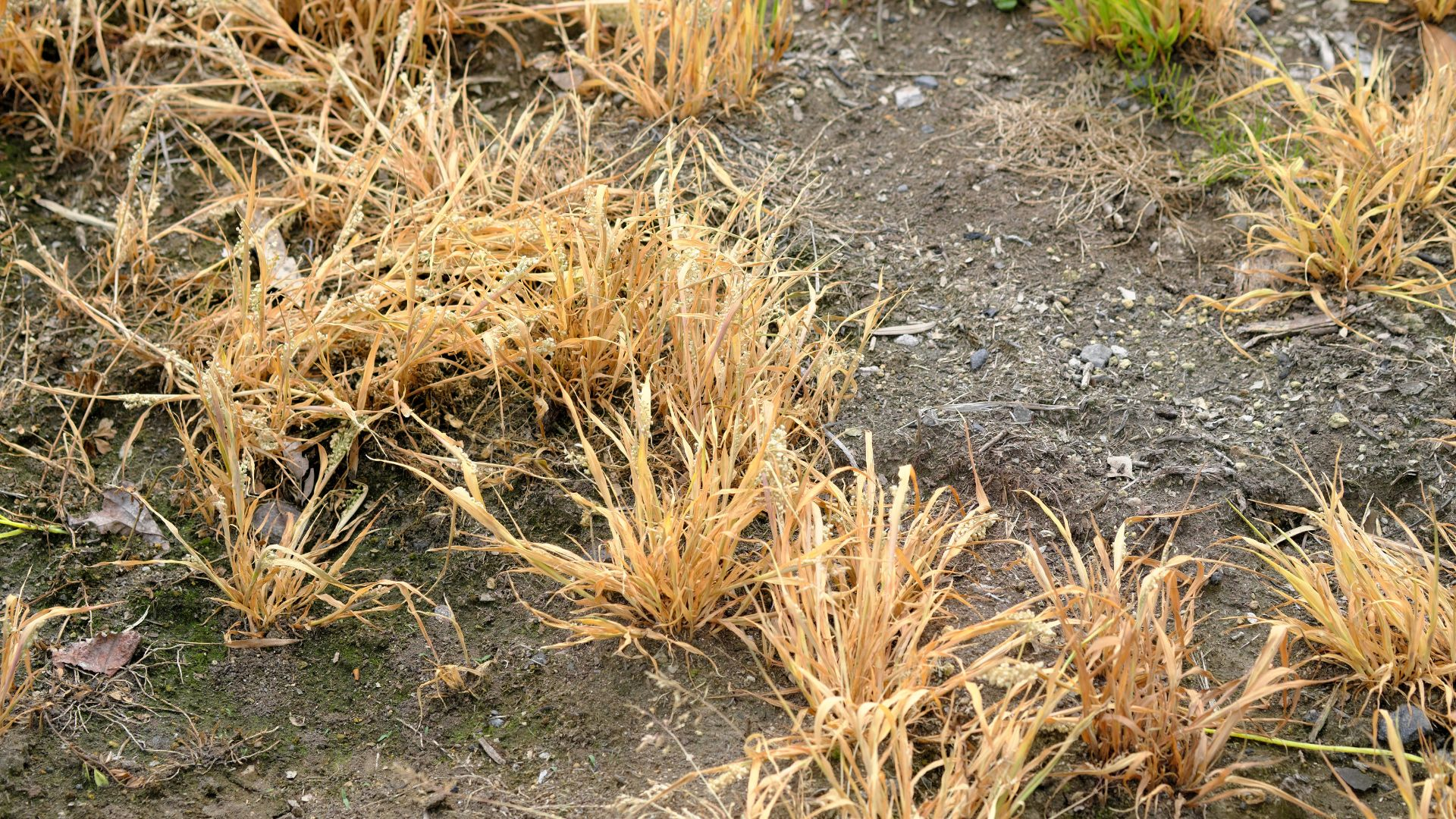
Non-selective Herbicide Product Recommendations
Apply only when your surrounding turf grass is dormant (all green has died) and spot-treat trouble areas. Apply with caution during rain because it can cause chemical runoff, damaging other plants in the area. Non-selective herbicides will kill any and all vegetation they come in contact with, so it is critical that you read the product label thoroughly. While it will result in killing poa annua grass, it will also result in killing any other nearby vegetation and grass.
-
Gly Pho-Sel Pro Dry 75 SG: If you're looking for a post-emergence herbicide that effectively controls a wide range of perennial and annual grasses and broadleaf weeds, Gly Pho-Sel Pro Dry 75 SG is an excellent choice. This product can be used for both spot treatments and large-scale applications, and it's very user-friendly. Simply mix the water-soluble granules of herbicide with water in a pump sprayer and apply them to your weed problem areas.
-
Eraser Max Herbicide: When searching for a post-emergence herbicide that will provide effective control of a wide range of weeds, grasses, vines, brush, and trees, Eraser Max is an excellent choice. This product can be used for both spot treatments and large-scale applications, and it's very user-friendly.
-
Alligare Glyphosate 5.4: Alligare Glyphosate 5.4 is another great post-emergence herbicide option that provides excellent control of annual and perennial weeds, trees, and woody brush.
Annual Bluegrass Prevention Is Key
The best way to control poa annua is to prevent it from invading your lawn in the first place. This can be done by keeping your lawn healthy and thick so that there is no room for this weed to take hold. Be sure to mow your lawn regularly and fertilize it on a regular basis according to the manufacturer's instructions.
If you do have annual bluegrass in your lawn, be sure to remove as much of it as you can before it goes to seed so that it doesn't come back even worse next year.
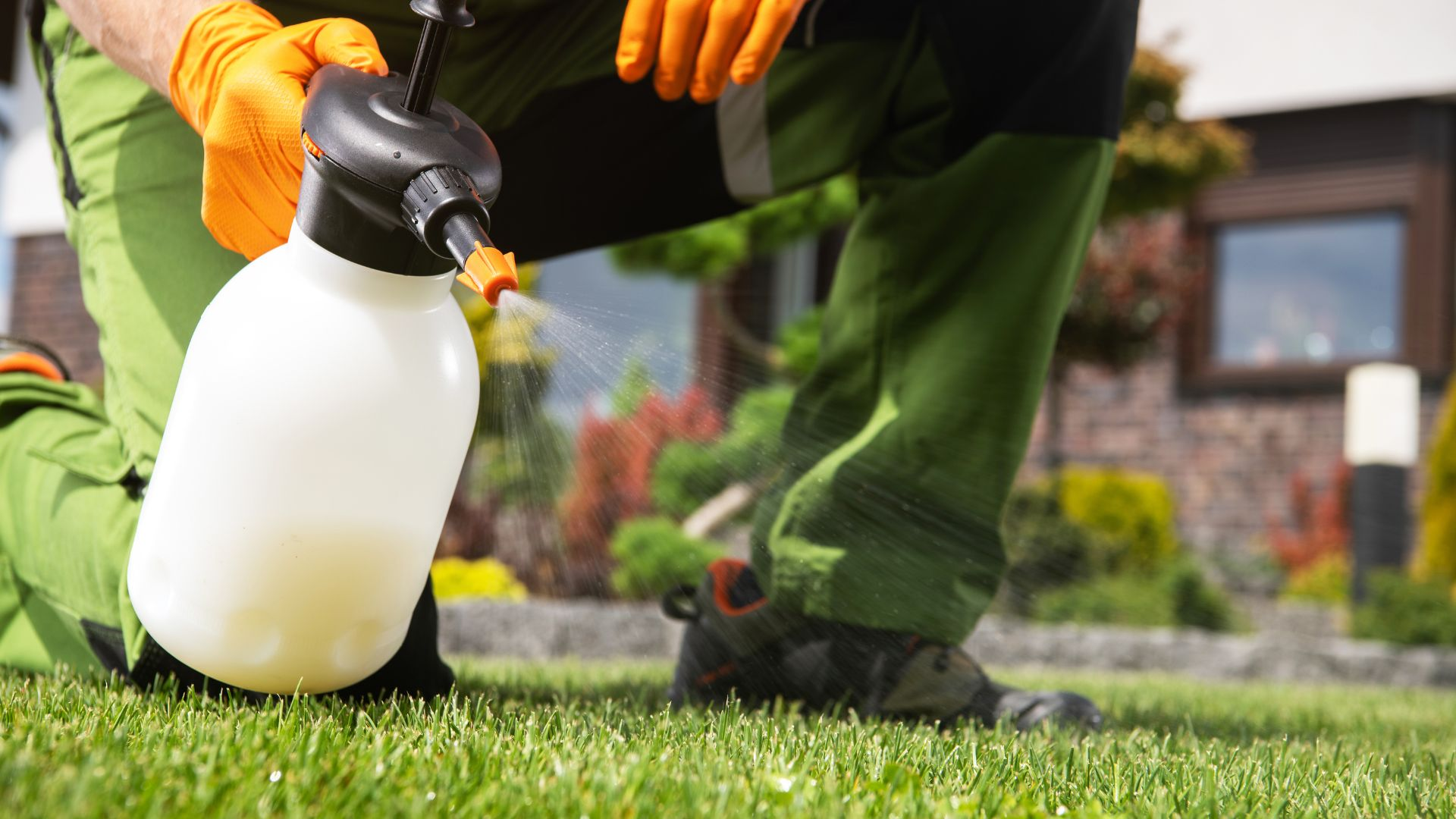
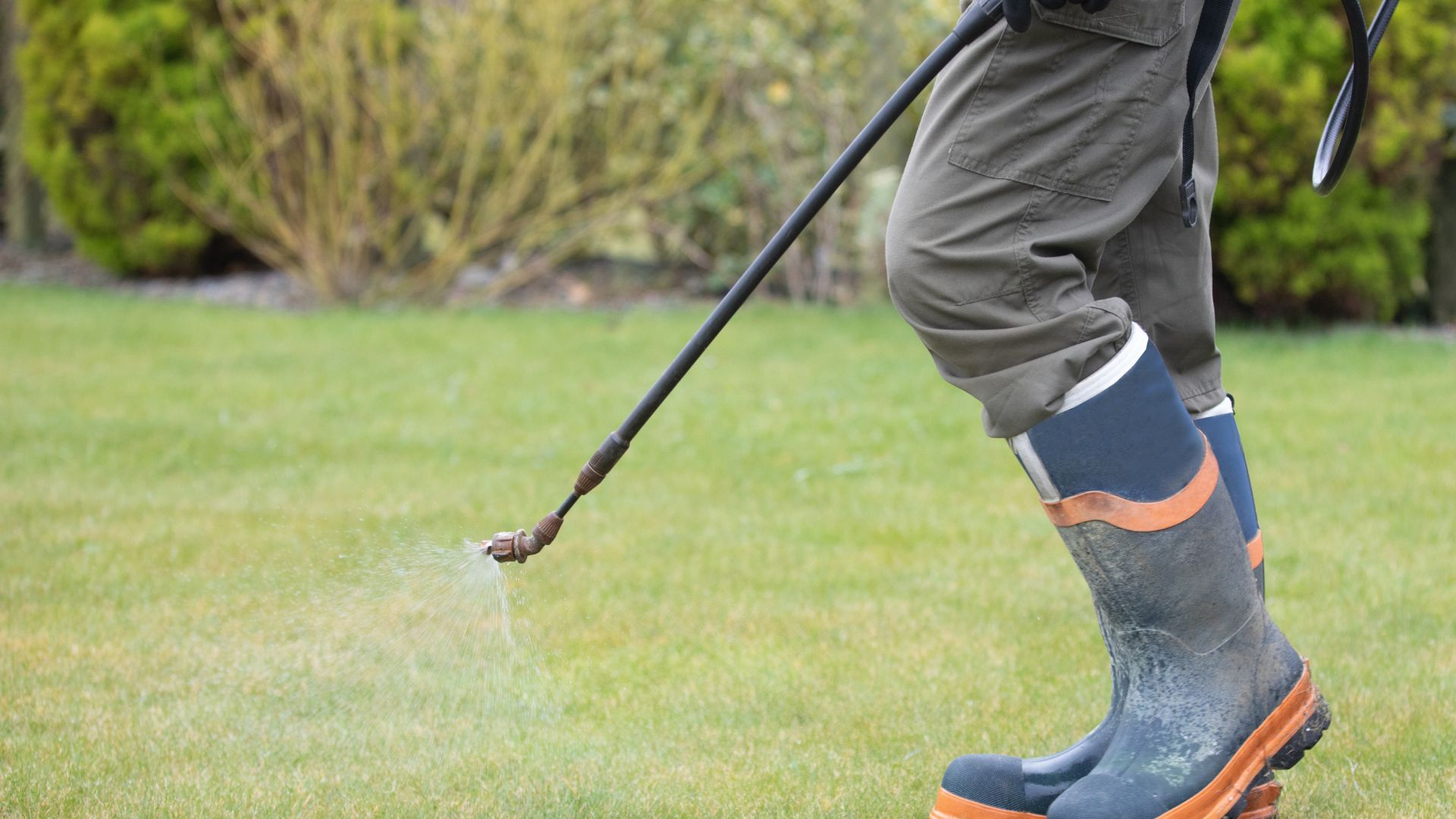
Eliminate as much poa annua as possible to prevent it from coming back stronger next year.
Many factors need to be considered when trying to prevent annual bluegrass plants, such as the climate, soil type, and mowing practices. However, the most important factor is the timing of the herbicide application. Pre-emergent herbicides are the most effective when applied before the seed germinates. In order to prevent germination, the soil temperature needs to be around 70 degrees.
The first application should happen in late fall or early winter. A second application might be necessary for annual bluegrass seeds that germinate later in the season. It is important to note that pre-emergent herbicides only prevent germination; they will not eliminate an established population.
If there is already a problem with poa annua, post-emergent herbicides and spot treatments might be necessary. As always, it is important to read and follow the product label.
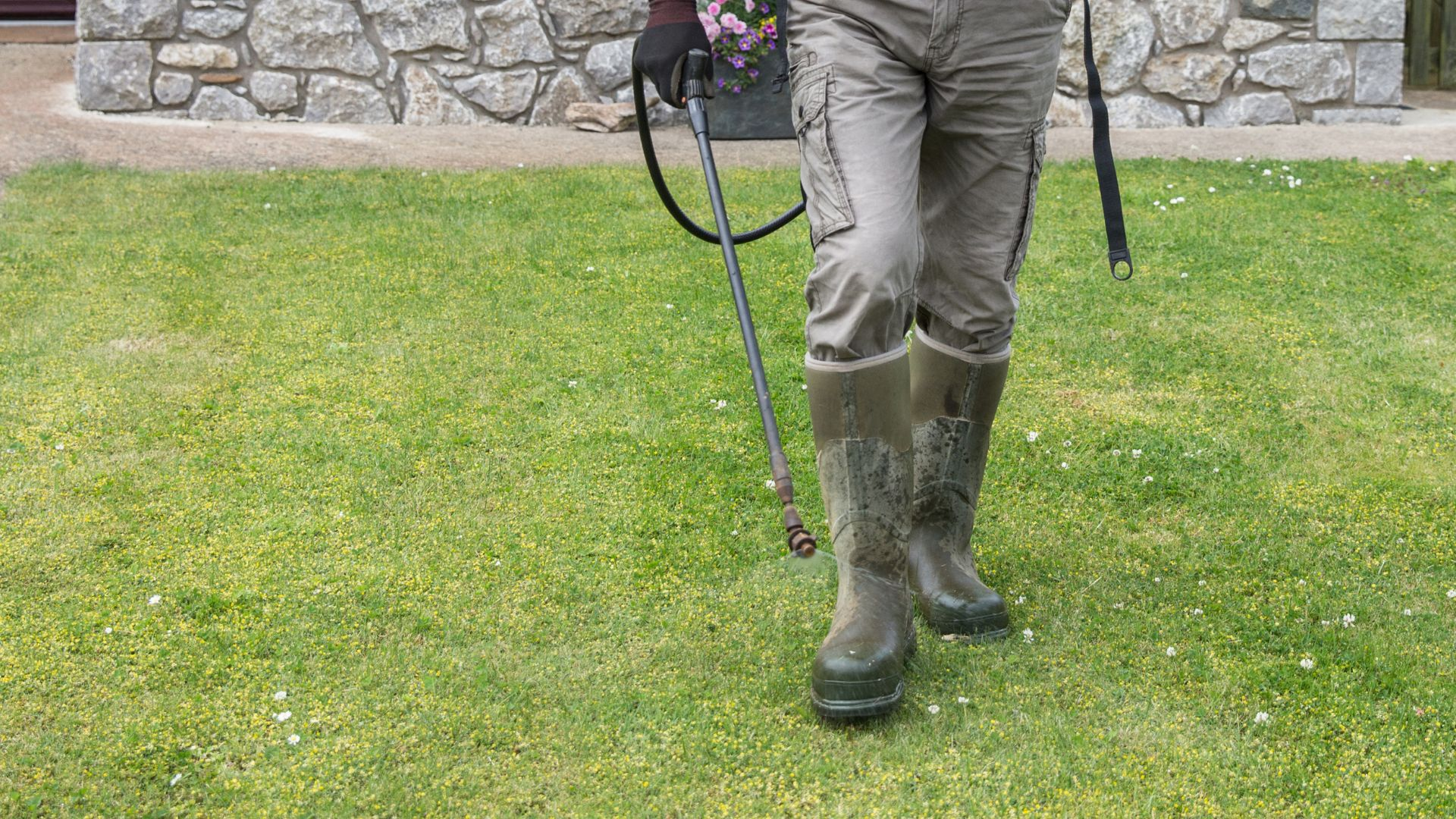
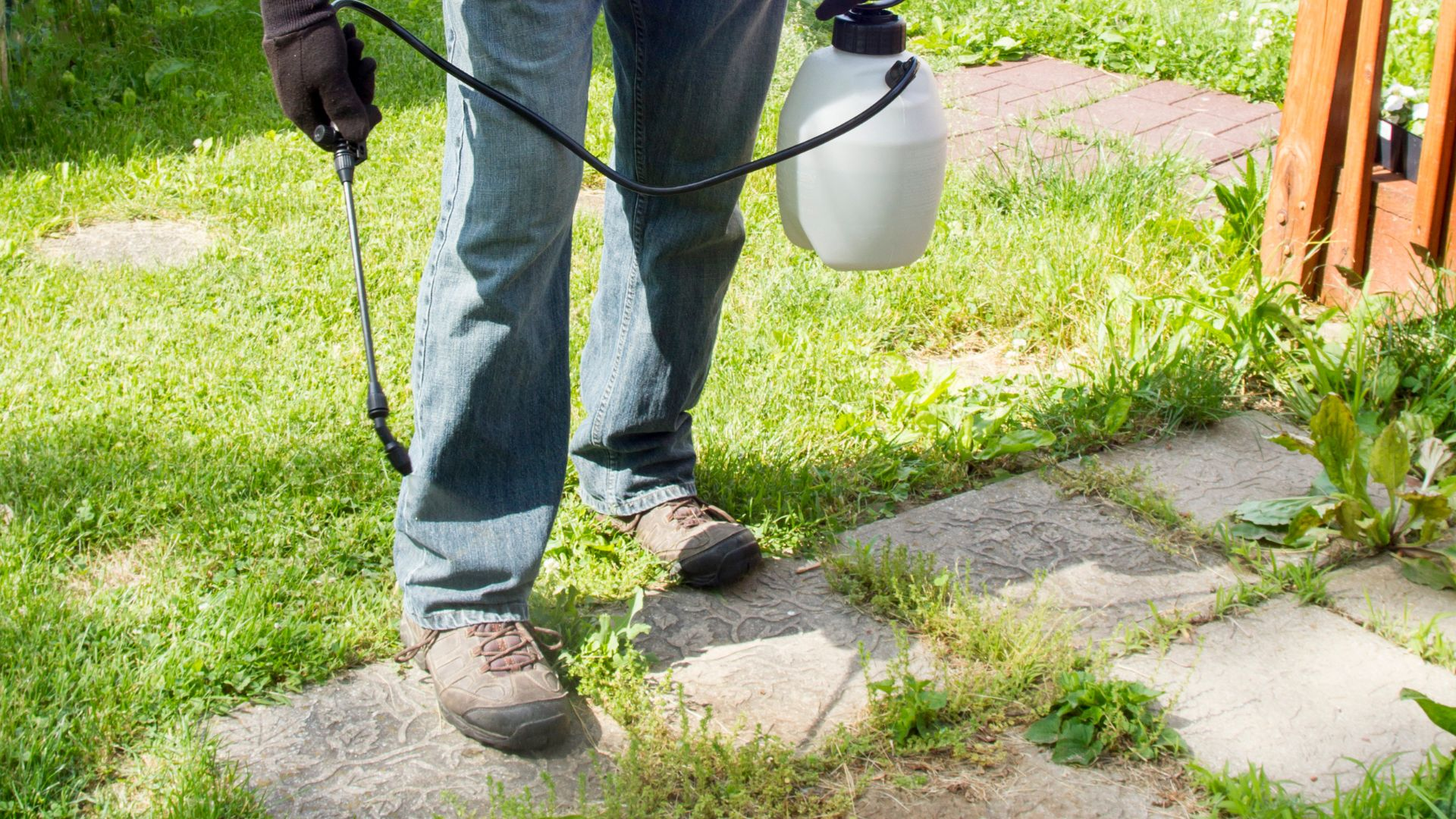
Recommended Poa Annua Prevention Products
Prodiamine 65 WDG: This is a versatile pre-emergent herbicide that can be used in both spring and fall. It's particularly effective against hard-to-kill weeds such as crabgrass or annual bluegrass, making it perfect for year-long control of your lawn!
Dithiopyr 40 WSB: This is another high-quality and economical herbicide for pre-emergent control of crabgrass and other important grasses, including kikuyugrasses, goosegrass, chickweed, and annual bluegrass.
Hi-Yield Turf and Ornamental Weed Stopper: Hi-Yield is the ideal annual bluegrass and crabgrass preventer for established lawns. It can be used up to 4 weeks later than other products, providing residual control that lasts three or four months. This grass stopper makes use of the effective active ingredient known as Dithiopyr - a powerful pre-emergent herbicide.
Tenacity Herbicide: Tenacity is an excellent herbicide for controlling weeds in the early stages of growth. It can be applied at seeding and will provide residual control to keep your lawn looking great. This product also works well on broadleaf plants like clover, dandelion, chickweed, and more.
Do-It-Yourself Pest Control Offers Everything You Need For Annual Bluegrass Control
Annual bluegrass (Poa annua) is a hardy grassy weed that frequently invades residential lawns. While this weed is very difficult to control, it can be done with a little knowledge and effort. The best way to control annual bluegrass is to use a grassy weed preventer like a selective herbicide that targets this weed specifically while leaving your desirable turfgrass unharmed.
Prevention Is Key! The best way to control poa annu is to prevent it from invading your lawn in the first place by keeping your lawn healthy and thick so that there is no room for this weed to take hold. Be sure to mow your lawn regularly and fertilize it on a regular basis according to the manufacturer's instructions so that you can keep this pesky weed at bay.
Have questions? We Can Help
Our knowledgeable lawn care experts are always happy to help you select the best products for your lawn and answer any questions that you may have. Give Do-it-Yourself Pest Control a call or browse our online store today!
Annual Bluegrass (Poa Annua) Control
Annual bluegrass is a tough yearly weed winter in residential turf. The leaves have coarser textures and produce unsightly seedheads, making them an eyesore to behold. Spread by seed, Annual bluegrass (Poa annua) is a cool-season annual grass. It has a bright green leaf color and fine texture.
The Annual bluegrass seeds mature in the fall, it grows during the winter, produces seed in the spring, and usually dies in the summer months. The heat brought on by summer puts stress on it and it will help kill it all but not completely eliminate it. When soil temperatures fall below 70° F, Annual bluegrass seed germinates in late summer/early fall. It may remain dormant in the soil for a long time before germinating.
What you apply and when you apply certain herbicides is very important to control your population. Overall, we recommend pre-emergent herbicides in the late summer and early fall months and post-emergent herbicides during the rest of the year (See list below for recommendations to determine which are safe for your turf type).
Characteristics
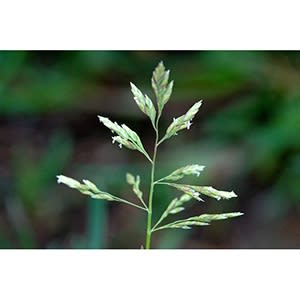
-
Bright green leaf with boat-shaped tip
-
Leaf has a smooth texture
-
Low growing and tends to grow in bunches winter annual weed
-
Likes to grow in compact and moist areas
-
Seed heads are greenish to white/off-white color
Treatment With Selective Herbicides
When starting a weed control program, homeowners should realize that complete eradication of annual bluegrass (or any other type) from the landscape isn't practical. A more realistic approach is to manage weeds by reducing their infestation levels to tolerate them.
The most effective method in knocking down your Poa Annua population is though the use of selective herbicides. These herbicides are specifically designed to target your Poa Annua and not the surrounding vegetation. Selective herbicides for Poa Annua control tend to be more on the expensive side, so figuring out which is best for you and your lawn is very important. As of recent, Poa Annua has developed resistance to some herbicides so long term control may involve rotation of herbicides. Here are some tips for selecting the right product:
- Identify what kind of grass you have in your lawn. Some products are not safe for sensitive grasses such as St.Augustine so this will help narrow your search.
- Many of the chemicals are limited to warm season grass such as zoysiagrass, bermudagrass, centipede, and St. Augustine. Care should be taken with cool season grasses such Kentucky Bluegrass and Fescue grasses. Use Tenacity herbicide on cool-season turf as a pre-emergent and it will not effect over-seeding.
- Determine the scope and severity of your Poa Annua infestation. If you have a small lawn and a light infestation, that $300 bottle may not be for you.
- If you have properly identified the grass in your lawn you can use our filter options to find products that are safe for you lawn:
- Bahia
- Bent
- Bermuda
- Buffalo
- Centipede
- Fescue
- Kentucky Bluegrass
- Rye
- Seashore Paspalum
- St. Augustine
- Zoysia
Annual Bluegrass (Poa Annua) Control
Recommended Selective Herbicides
- Negate 37 WG (Only use on Bermuda and Zoyzia grasses)
- Revolver Herbicide (Only use on Bermuda, Buffalo and Zoysia grasses )
- Monument 75 WG (Only use on Bermuda, Buffalo , St.Augustine, Zoysia grasses)
- Certainty Herbicide (Only use on Bermuda, Bahia, Buffalo, Centipede, St Augustine, and Zoyzia grasses)
- Katana Herbicide( Only use on Bermuda, Centipede and Zoyzia grasses)
- Scepter T&O 70 WDG Herbicide (Only use Bermuda, St Augustine, Centipede, and Zoysia grasses) .
Non-Selective Herbicides
- A non-selective herbicide will kill any vegetation that it touches.
- Apply ONLY when your surrounding turf grass is dormant (all green is gone) and spot treat trouble areas.
- Apply when there is a low chance of rain to avoid runoff of chemical to other vegetation.
- Recommended Products: Gly Pho-Sel Pro Dry 75 SG, Eraser Max, and Alligare Glyphosate 5.4
Key Takeaway
Poa annua is a winter annual weed. It dies off every summer. Seeds sprout in the fall and winter to replace it.
Applying pre-emergent herbicides in the late summer or early fall will greatly reduce the amount of Poa annua in your turf.
There are several good choices for killing Poa annua and not killing your lawn.




